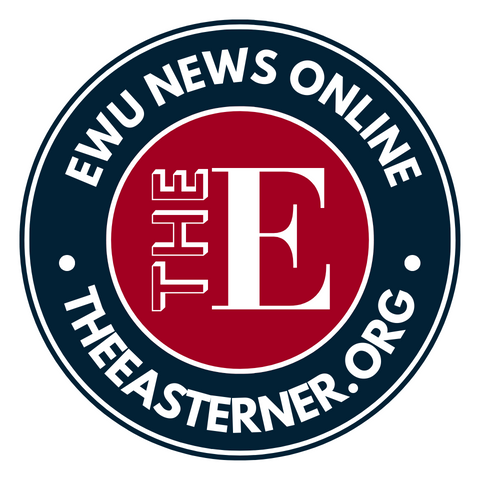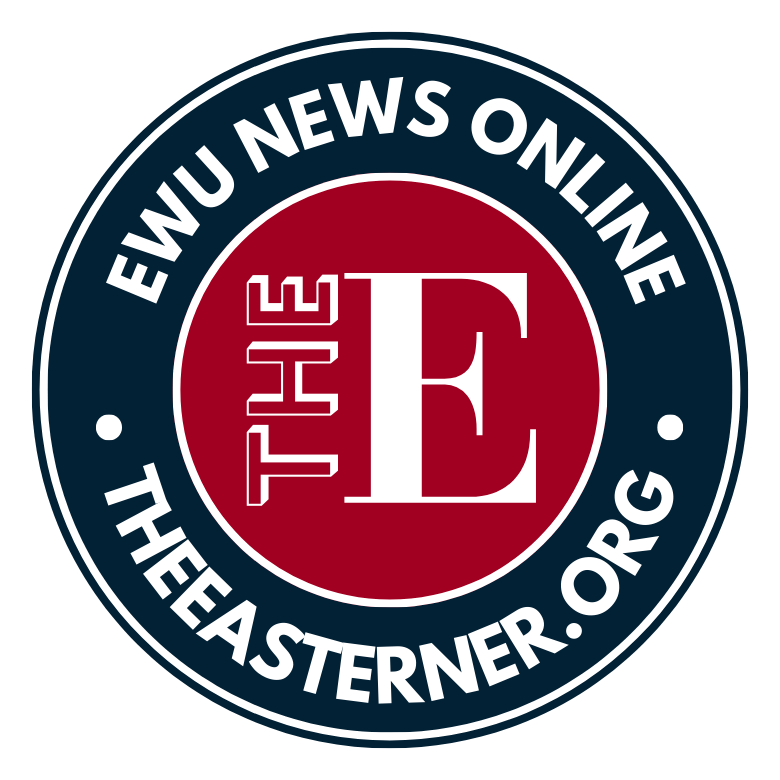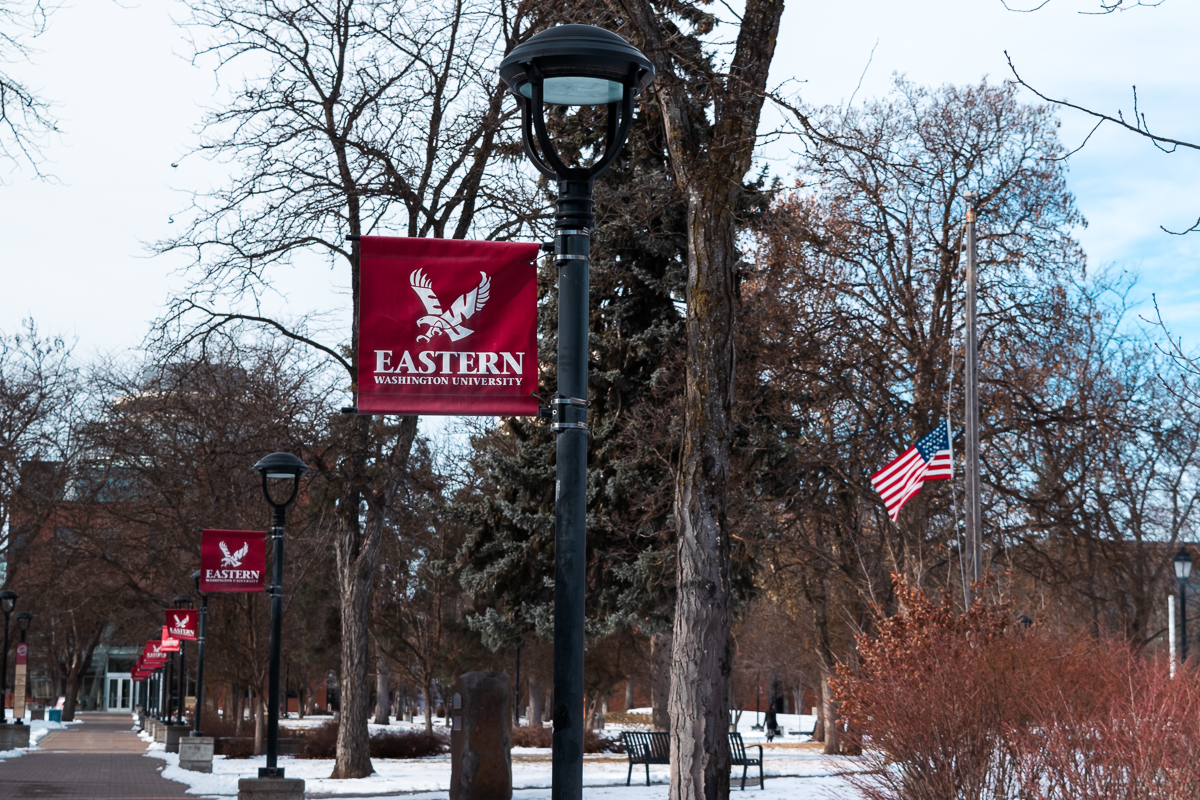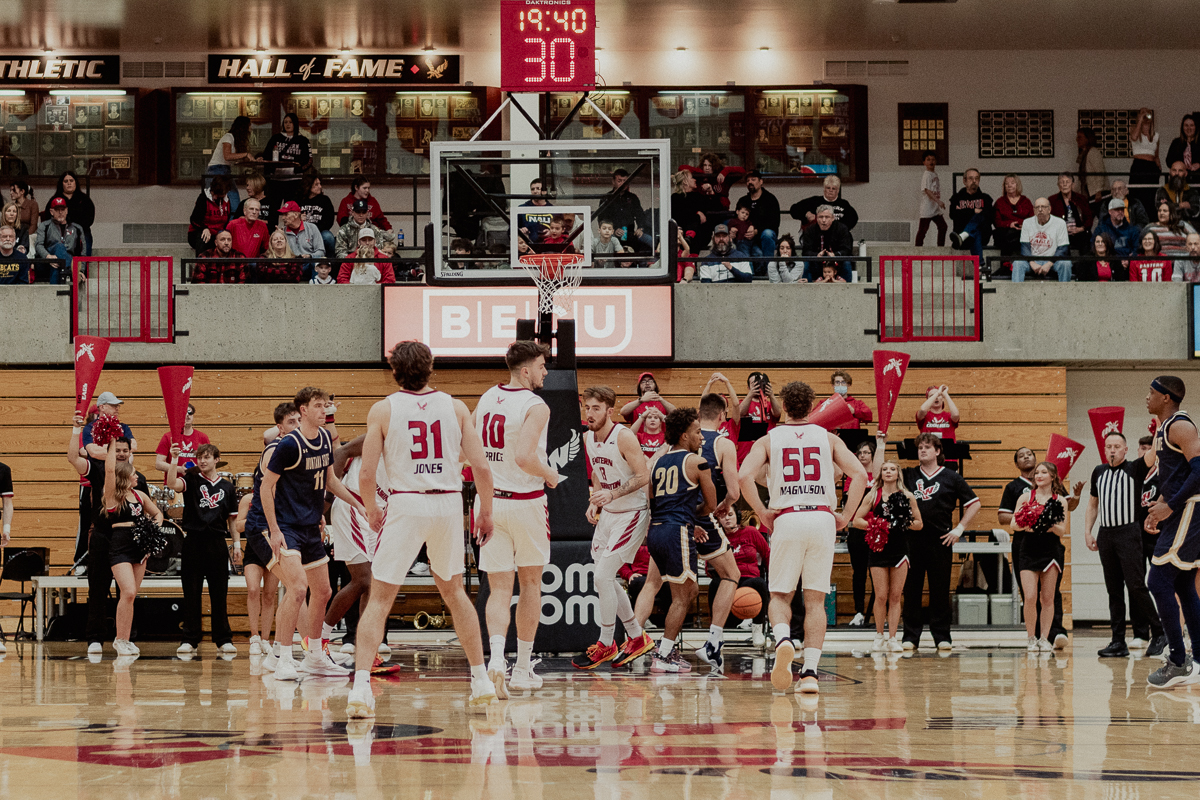
Conference additions help team travel distance
In the scramble for conference realignment, the Big Sky Conference hoped to add three new schools to the conference lineup: Southern Utah, North Dakota and South Dakota.
Ultimately, the goal was to create a more stable conference. “We wanted to solidify ourselves in the west. We felt like those schools fit what we wanted to accomplish in the west,” said Jon Kasper, assistant commissioner of media relations for the Big Sky Conference.
The conference lost South Dakota at the last minute and has been seeking out a replacement in the University of Idaho. Currently, there are 11 schools in the Big Sky Conference, and athletic director Bill Chaves said this odd number makes scheduling difficult.
With the original three additions, teams would have made the trip to play North Dakota and South Dakota. In this slate of away games, the whole road trip covers less ground. However, when South Dakota opted out of the conference, the trip became North Dakota to Denver, making the road trip more complex.
“That’s a hard trip. We’re dealing with it, [but] the land mass we’re trying to cover makes it difficult,” Chaves said.
Head basketball coach Jim Hayford also understands the geographical difficulties his team faces.
“The hard part of it is that it stretches our boundaries. The travel can really be severe,” Hayford said.
According to Chaves, adding a 12th school to the conference would make sense both geographically and in terms of scheduling.
With 12 teams, the conference could be divided into two sets of six schools. Eastern would then play each of the other five schools in its set twice: one home game and one away game. The six schools in the other set would be divided into two. Eastern would play each school once, with three home games and three games on the road.
“That’ll help contain travel costs and hopefully help develop rivalries,” Kasper said .
“The Pac-12 is doing it now,” Chaves said. “It gives everyone true travel partners.”
If they joined the conference, the University of Idaho would be Eastern’s travel partner for the 2014-15 season. Hayford is excited about this possibility.
“It will make for a great geographical rivalry. I think Idaho is a good school for us to be partnered with,” he said.
Kasper agreed. “If you look at a case like Eastern Washington, having the University of Idaho is big for them. It creates a rivalry for them. Fans have another easy road trip,” he said.
Idaho has already signed on for the 2014-15 season, but Chaves said this does not make their entry into the conference set into stone. Just as South Dakota did previously, Idaho could still choose to align elsewhere. Chaves is optimistic, however, that Idaho will enter the Big Sky.
“Last summer, they signed on. They can sign on and then sign off, but unless they get an invite to the Mountain West conference for all sports, there’s no doubt we’ll see Idaho in our league for all other sports but football.”
Idaho is still trying to figure out what to do with their football program. They are tentative about joining the Big Sky for football because this would bring them from the Football Bowl Subdivision to the Football Championship Subdivision.
“I don’t think any school has gone from an FBS school to an FCS school, and I think they would be the first. Before you’re the first, you probably want to exhaust all your opportunities. You want to make sure that there isn’t anything else that might make sense,” Chaves said. “As of right now, they have not placed their football team; they’re going to be independent.”
With the potential addition of Idaho, Chaves and Hayford are excited about future prospects for the conference.
“We’re a league that people want to join,” Hayford said.











